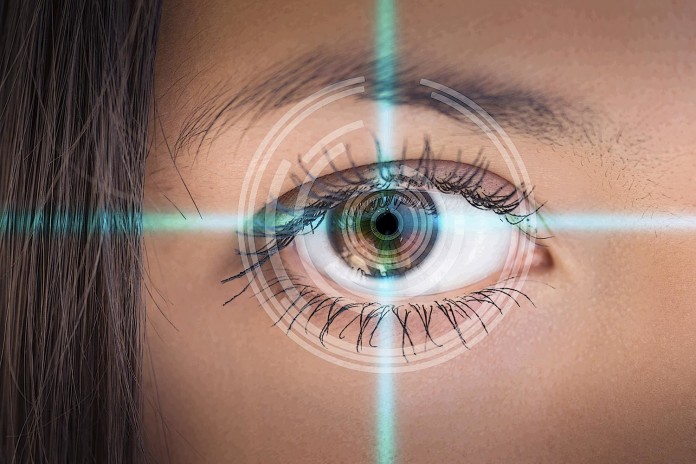
The world is changing faster than at any previous time in human history, driven by advances in technology that will revolutionize your daily life. Artificial intelligence, virtual reality and driverless cars are making exponential progress, and their convergence is making possible amazing steps in the marathon of progress. Here are seven of the technologies that are emerging to change your daily life this year.
Virtual Reality
With the advent of the Oculus-Samsung Gear VR headset in 2015 that enabled viewing virtual reality through your smartphone, 2016 will see even more jaw-dropping systems with the coming release of Oculus Rift, Sony Playstation VR and HTC Vive, although at higher cost for their higher performance. VR headsets provide vivid 3D immersion in an environment where the user can survey and explore the surroundings as if physically present. It can allow us to experience fictional, exotic, adventurous, and extreme environments with a remarkable degree of realism while remaining safely at home, without the rigors of travel. While gaming and entertainment are immediate applications for VR, other possibilities are education, training, therapeutic treatment of phobias, with other uses in real estate or architecture.
 Smarter Drones
Smarter Drones
Drones are launched in situations where using humans is too difficult or dangerous, functioning lately as airborne cameras that can fly themselves and capture spectacular footage that would otherwise require an experienced pilot. Urban environments employ sonar or passive infrared sensors for avoiding buildings and cars. The most popular consumer drones include DJI Phantom 3, 3D Robotics Solo, Yuneec Typhoon, and Parrot Disco. Drones in 2016 have gained new starts with a new Intel Real Sense system employing real-time obstacle avoidance when following runners or bikers along hiking trails in wooded environments. Commercial drones are used in wildlife and game monitoring, surveying and mapping, surveillance and law enforcement, detailed monitoring of agriculture, search and rescue, locating survivors and conveying emergency supplies to earthquake victims, and preservation of world heritage sites.
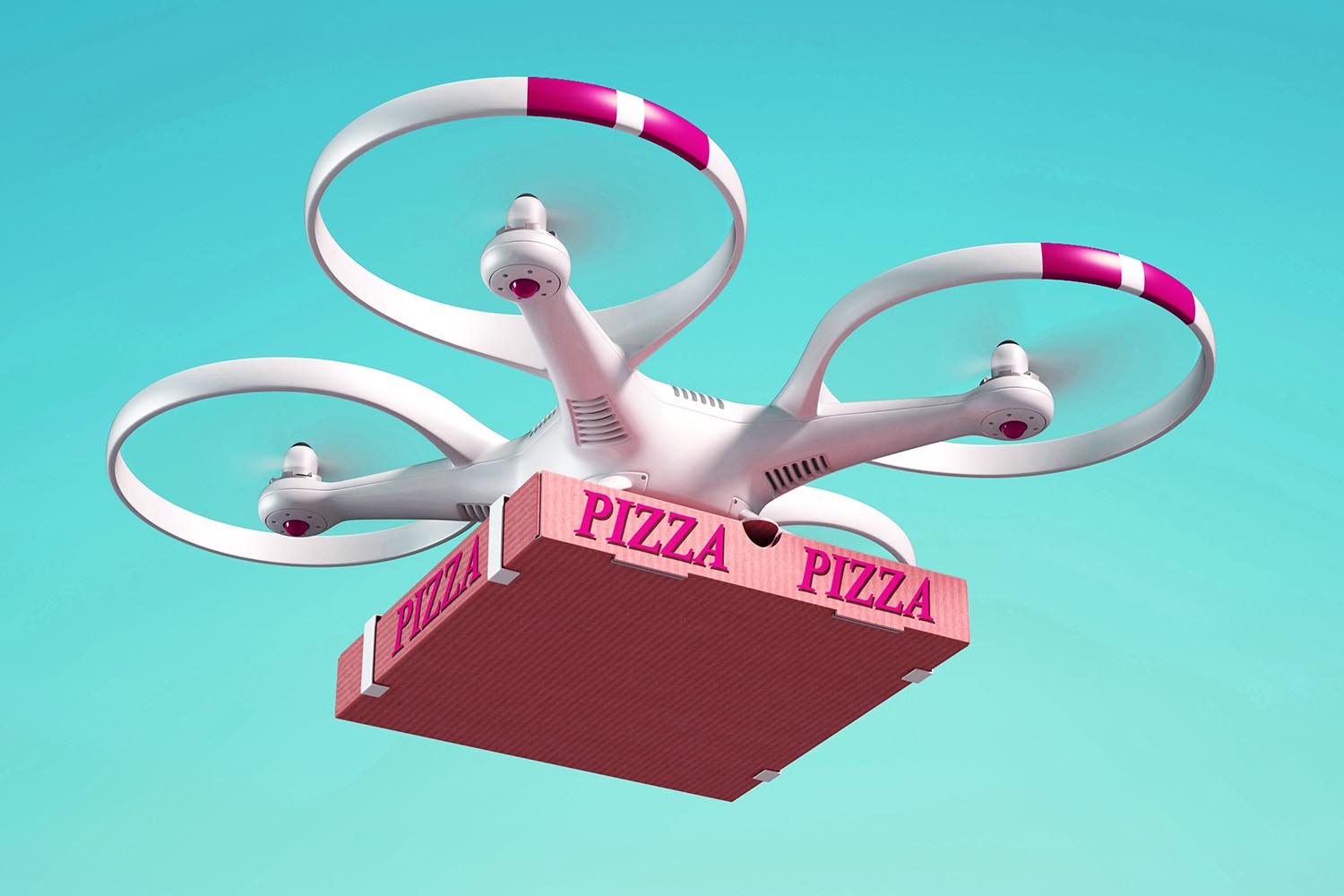 Wireless Charging
Wireless Charging
With wireless charging, Bluetooth and other wireless connectivity systems, we may finally see the end of cable clutter in offices and homes. Starbucks is stocking up on furniture to charge your cell phone battery while you sit. The new updated Qi 1.2 standard will enable more powerful 15w chargers that will take 80 minutes instead of three hours. Android smartphones will probably all ship with wireless charging in 2016, while Apple is developing its own more efficient wireless charging system that could roll out in 2017. Intel is also developing a wireless charging system powerful enough to charge a laptop battery and reduce desktop cable clutter that may roll out in 2016.
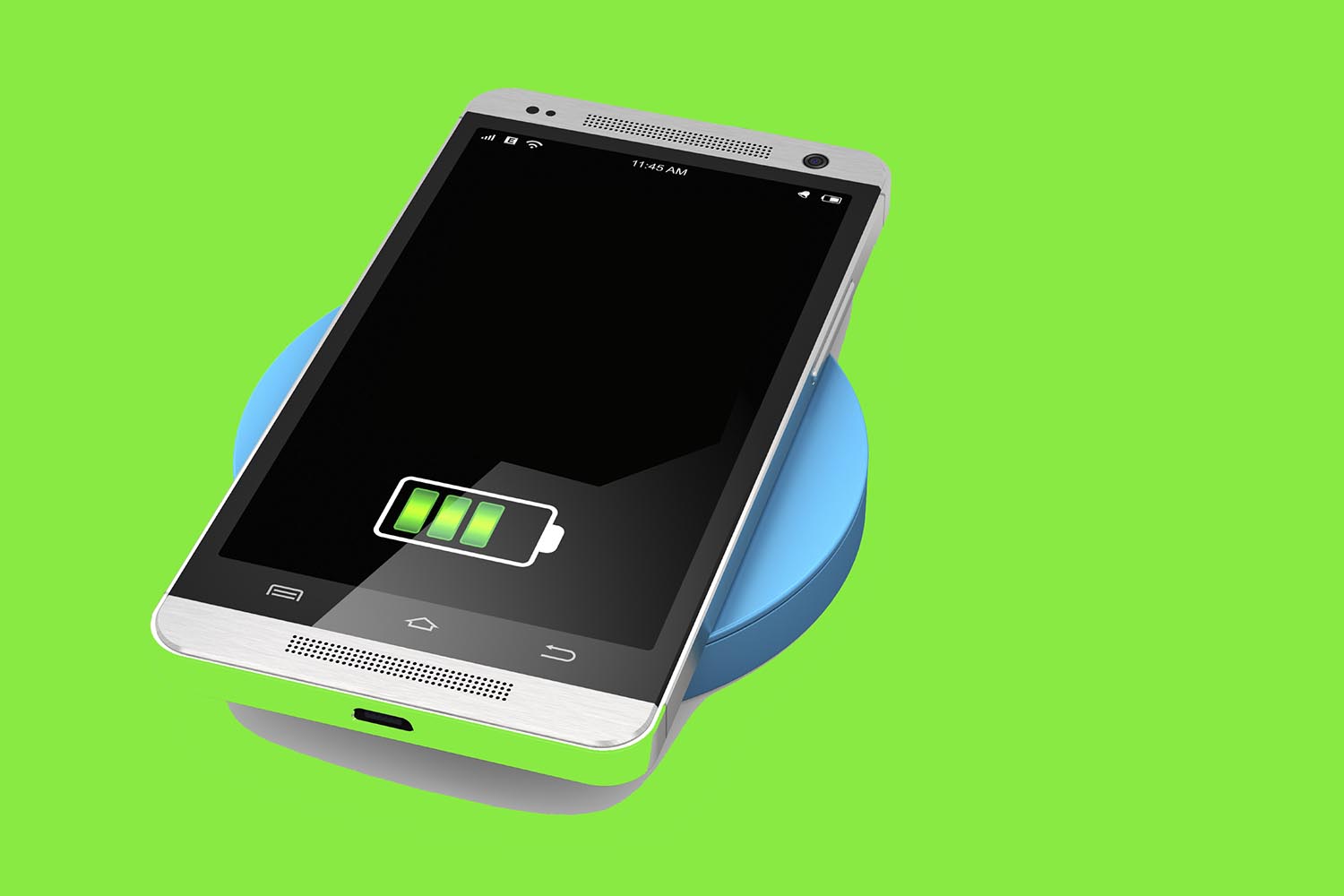 Artificial Intelligence
Artificial Intelligence
Machine learning algorithms are creating smarter robots by embedding more artificial intelligence into robots and devices. IBM trains robots to better associate appropriate gestures and tones with phrases. Machine learning algorithms also teach self-driving cars to better navigate space and can also be incorporated into bionic eyes. Deep learning neural networks have made tremendous advances with IBM Watson learning to diagnose some cancers better than human doctors, Facebook, Microsoft and Google made great advances in human-like speech and facial recognition. Now that IBM Watson is available to developers, Facebook released the design of its AI hardware, Google open-sourced its deep learning AI software, we may expect broad new applications of AI to be developed as entrepreneurs dive into these new frontiers in 2016.
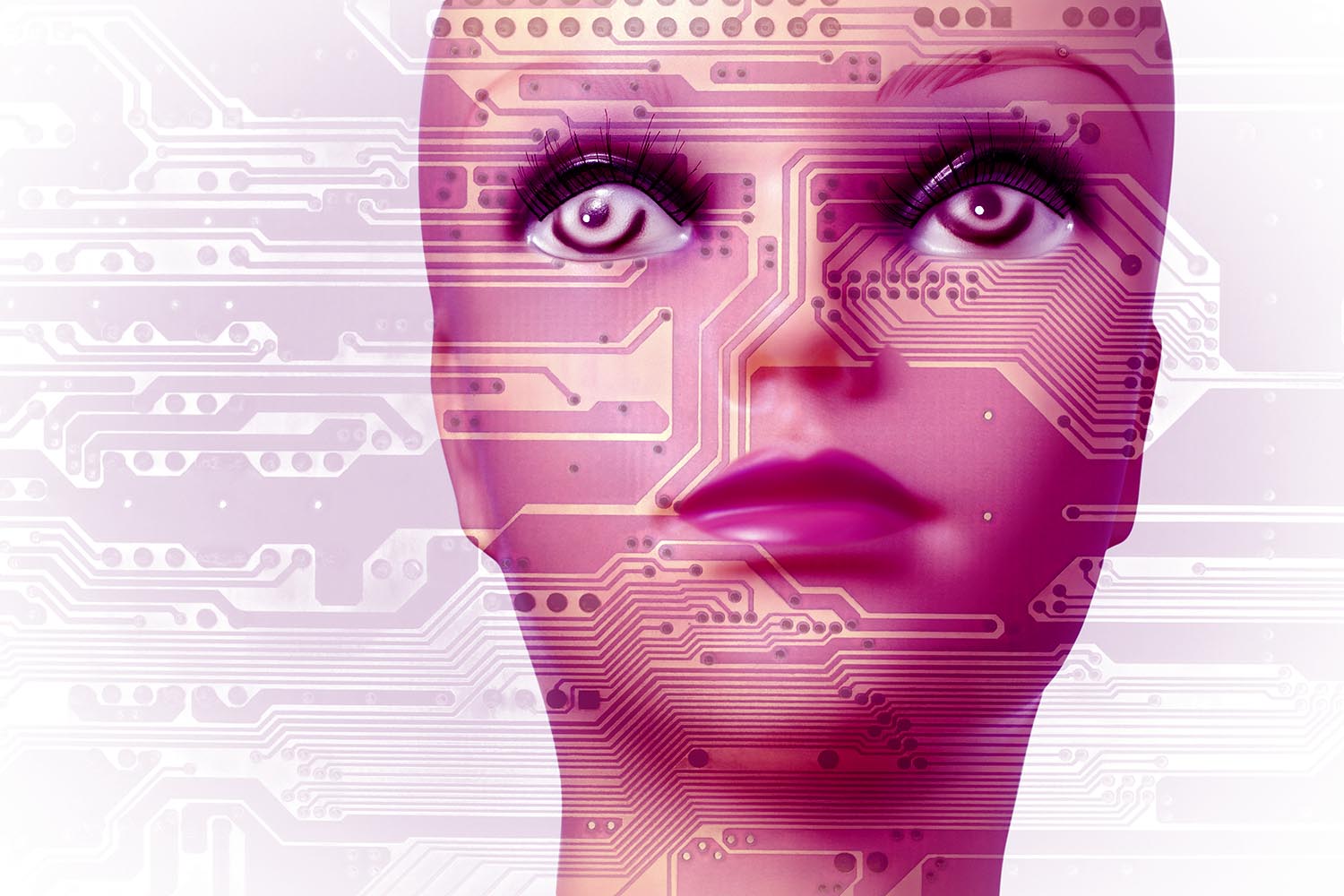 3D Printing
3D Printing
2016 may be the year that 3D printing emerges in the form of compelling business solutions. Holistic manufacturing can consolidate many parts into one to be printed in a single operation like GE’s jet fuel nozzle formerly made from 21 parts. An automobile chassis incorporating multiple sensors, designed with AI and 3D printed is another product of a 3D manufacturing “killer app” blending AI design and 3D printing. Parts printed from powdered metal can be created for unique medical prostheses, and huge 3D printers can manufacture an entire airplane wing structure or massive wind turbine blades in a single print. The field of 3D printing promises new projects from human organs to entire houses.
 Self-Driving Cars
Self-Driving Cars
Sit back and enjoy your ride! Google, leading in the development of autonomous cars with a million miles of test driving on public roads in California and Texas, is thinking about rolling out an Uber-like ride-for-hire business. Google believes that would acquaint the public with the convenience and safety of Google cars initially to be deployed on campuses or business parks. Uber, also developing a robot car admits that Google is clearly in the lead. Other automakers like Ford, GM and Tesla are also rolling out autonomous driving functions piece-by-piece in their cars. Tesla has implemented its Autopilot system that can drive itself on good roads and make turns, Ford will begin testing Fusion cars in California and GM will introduce its Super Cruise system in the 2017 Cadillac CT6.
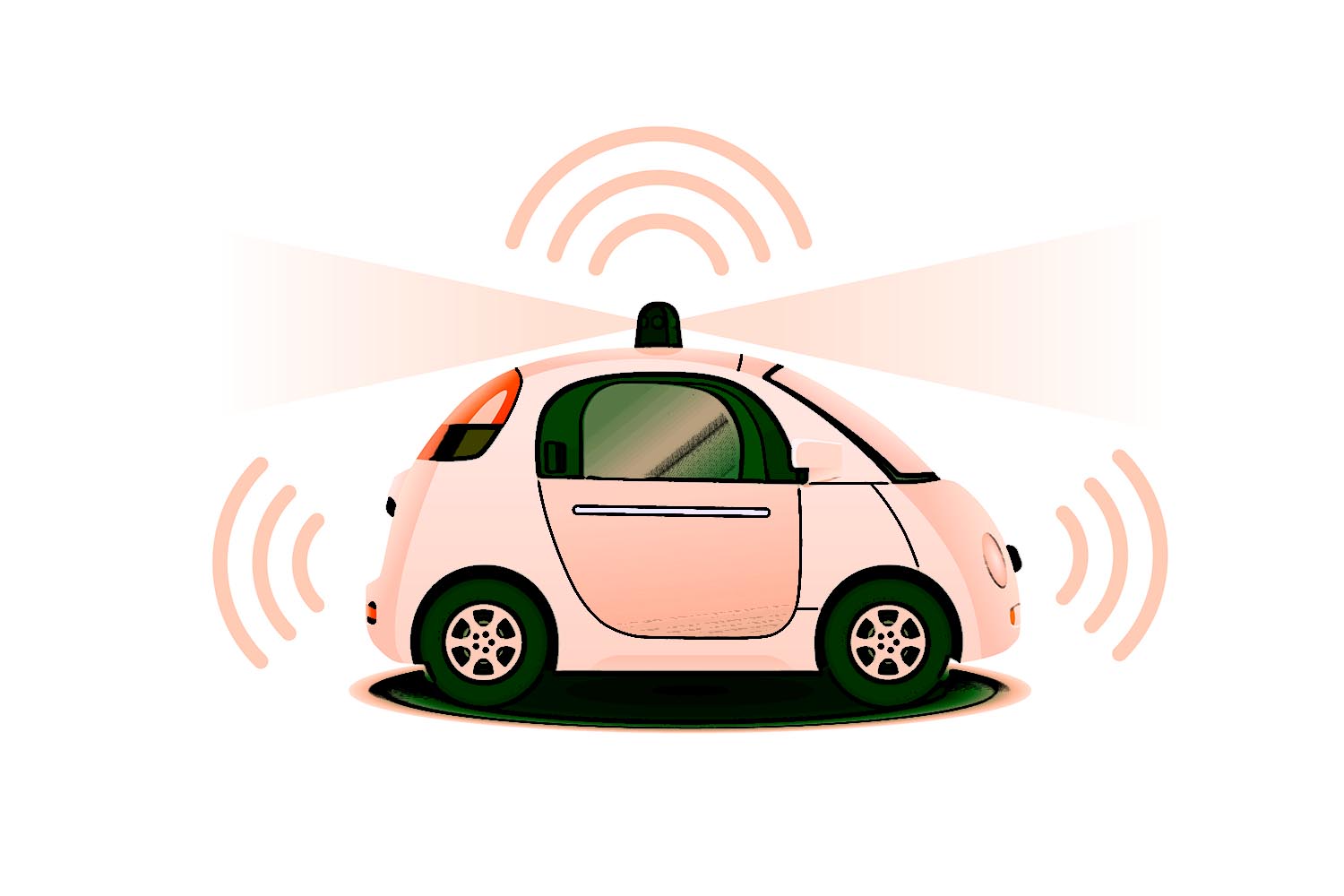
Internet of Things
Amazon Echo was one of the hottest this year’s IOT devices at the 2016 CES, displacing last year’s Nest in popularity. The voice-activated Echo controls your lights and answers questions, and soon will connect with Ford’s automotive software to enable you to control home lighting and other services while driving. Alarm.com and Vivent will also soon allow you to control home security using Echo. Whirlpool’s connected kitchen suite of oven, stove, washer, and dryer connects with Nest and IBM Watson to share data and provide services. Among the many competing IOT platforms are Apple’s HomeKit, Google’s Brillo, Intel’s IoTivity, and Qualcomm’s Alljoyn.
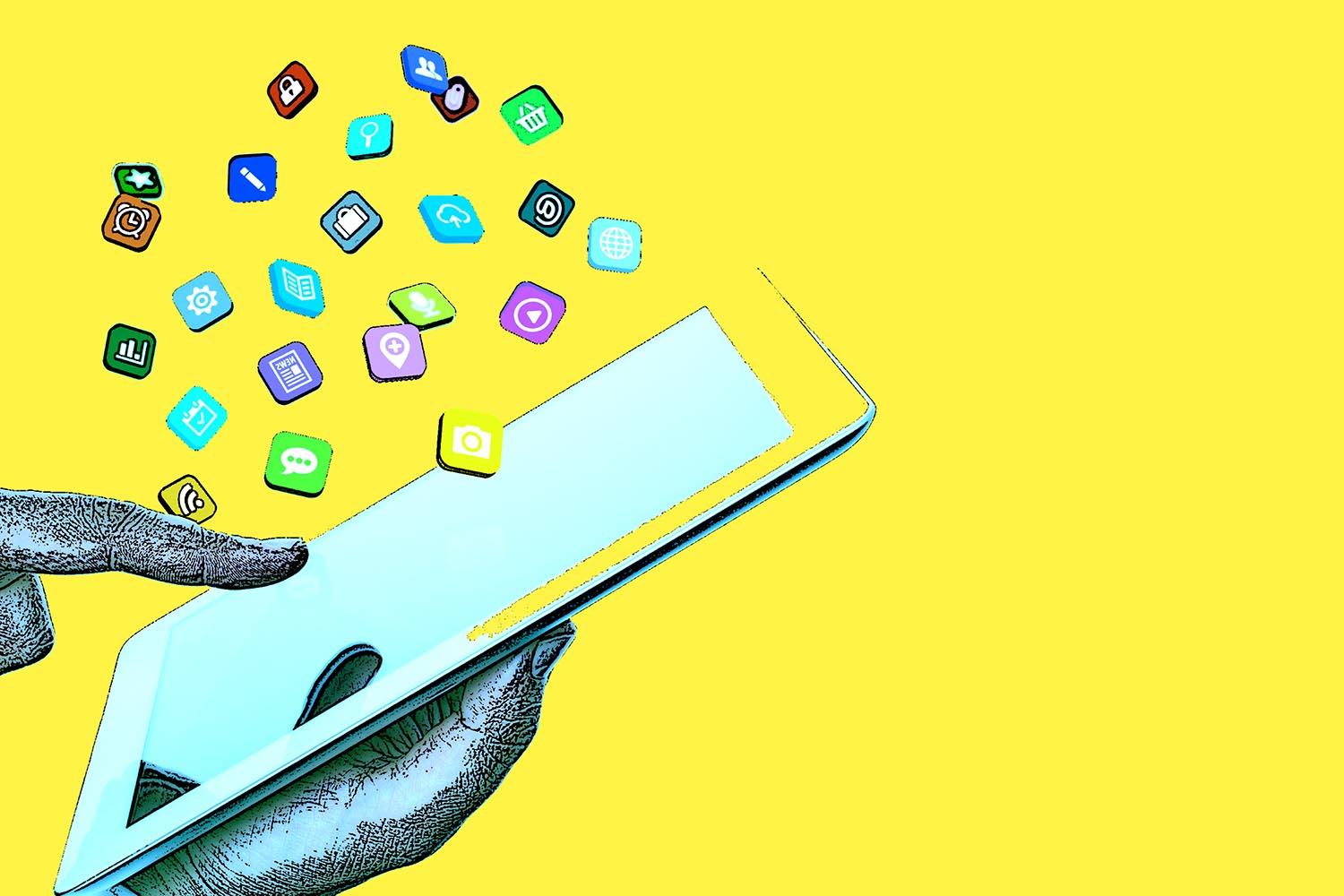
Many of these new technological advances share a common theme of increased intelligence whether AI, or self-driving cars, or drones, or IOT. Others like wireless charging, 3D printing, and virtual reality embody themes of increased capability of our environment. Our machines are getting smarter and at the same time combining functions to increase our safety by reducing the 33,000 annual traffic fatalities or increasing the security of our smart homes to change our everyday lives in 2016.

















